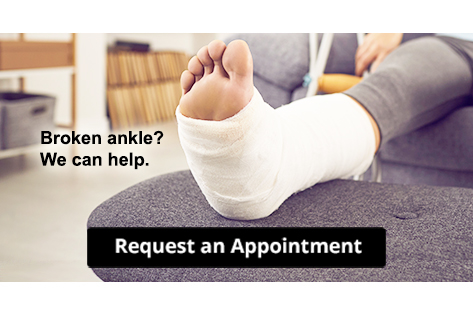
Fungal infections of the toenails often begin subtly, with slight color changes or surface irregularities, but can progress to thick, brittle, and uncomfortable nails. Because the infection develops beneath the nail plate, it can be challenging to clear without targeted intervention. A podiatrist may suggest medicated creams, prescription tablets, or procedures to reduce nail thickness so treatment can reach the source more effectively. In persistent cases, advanced methods such as laser therapy may be used to disrupt fungal growth. Maintaining clean, dry feet and choosing footwear that allows airflow are important steps in lowering the risk of recurrence. Addressing the problem early improves the chance of restoring healthy nails and preventing further spread. If you observe ongoing changes in your toenails or suspect an infection, it is suggested you arrange an appointment with a podiatrist who can provide appropriate treatment.
For more information about treatment, contact Jeffrey Parrett, DPM of Parrett Podiatry. Our doctor can provide the care you need to keep you pain-free and on your feet.
Toenail Fungus Treatment
Toenail fungus is a condition that affects many people and can be especially hard to get rid of. Fortunately, there are several methods to go about treating and avoiding it.
Antifungals & Deterrence
Oral antifungal medicine has been shown to be effective in many cases. It is important to consult with a podiatrist to determine the proper regiment for you, or potentially explore other options.
Applying foot powder on the feet and shoes helps keep the feet free of moisture and sweat.
Sandals or open toed shoes – Wearing these will allow air movement and help keep feet dry. They also expose your feet to light, which fungus cannot tolerate. Socks with moisture wicking material also help as well.
If you have any questions please contact our office located in Waxahachie, TX . We offer the newest diagnostic and treatment technologies for all your foot and ankle needs.




